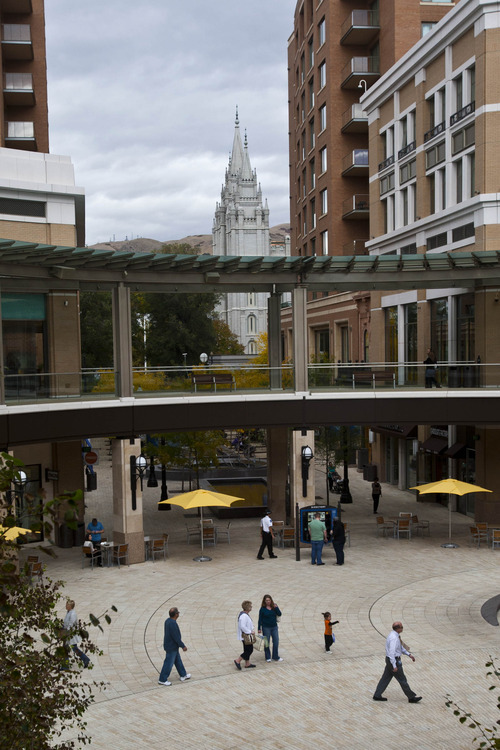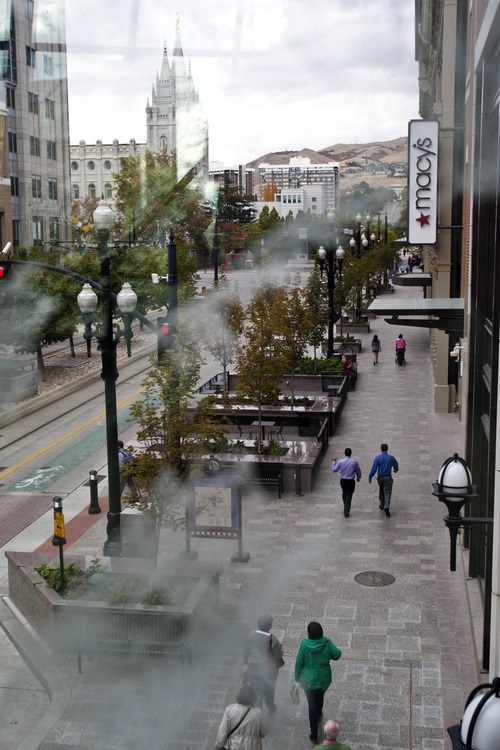This is an archived article that was published on sltrib.com in 2012, and information in the article may be outdated. It is provided only for personal research purposes and may not be reprinted.
The words "tax increase" were never said.
But the prospect of a property tax hike being part of a plan to prop up Salt Lake County's 2013 budget loomed large Tuesday as the County Council learned that while the local economy is as good as it's been since the Great Recession hit, trouble is looming.
Europe could still melt down financially. Washington could fall off the fiscal cliff into a debt crisis. Even economic powerhouses China and Germany could be unsettled by leadership challenges, economic consultant Doug McDonald told the council.
Those threats account partly for projections that Salt Lake County's economy, which McDonald noted is growing twice as much as the national average, will slow next year along with the rest of the country.
He projected taxable sales in 2013 could dip to 6.6 percent next year after finishing between 8 and 9 percent this year, the best since the financial system collapsed in the fall of 2008. But if the economic system sustains another shock in the next few months, next year's sales tax gains could be trimmed to2 percent or less.
"You could have a couple of months of rough sledding next year," McDonald said, giving his most pessimistic outlook a 20 percent chance of coming about.
The trend he described was mirrored by county financial officer Lance Brown's sales tax figures. This year's total is projected to be a healthy 7.4 percent above last year's, before sliding back next year to a 5.7 percent gain.
But he is not as concerned about sales tax as he is about Salt Lake County's property tax collections. In the decade since the property tax rate last was raised, he said, the county's share of those revenues has lost 26 percent of its purchasing power.
In addition, Brown said the county has experienced no net gain in property tax revenues over the past two years because so much of the income generated by new growth is siphoned off by various redevelopment areas — long-term benefits coming at the expense of current budgets.
And Rio Tinto is once again contesting the state-assessed valuation of its Bingham Canyon mine, seeking a lower level that could impact the amount of funds flowing to taxing entities such as Salt Lake County.
To emphasize the seriousness of the situation, Mayor Peter Corroon suggested that until the 2013 budget is done, the County Council impose a cap on the number of full-time employees at 3,566.
That number was reached Tuesday when the council approved administration requests to fill 23 vacant positions in the library, parks and recreation, and information services departments and the recorder's and district attorney's offices.
"After the budget is completed, that will dictate how many employees we have," said Corroon, who is scheduled to deliver his budget proposal to the council on Nov. 8, two days after voters pick his successor.
County government circles are abuzz with speculation that Corroon will propose a property tax increase then to keep many of those employees on the payroll, delivering services to county residents, rather than scaling back operations to match lower revenue totals.
mikeg@sltrib.comTwitter: @sltribmikeg















